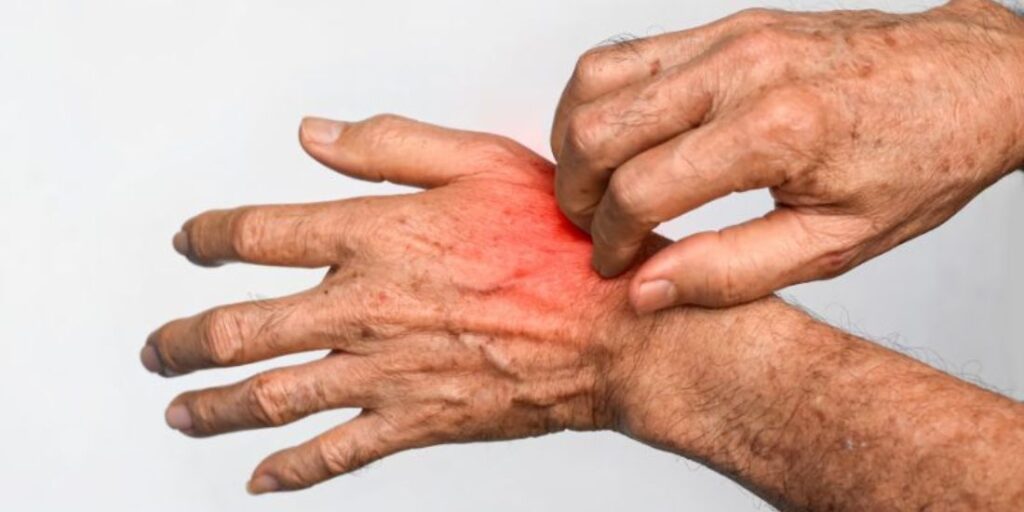Scleroderma makes the body produce excessive collagen, a protein that humans need for healthy tissue and skin. It is an autoimmune condition that implies your immune system attacks the body rather than protecting it. Scleroderma can lead to many symptoms and impacts the tissues in your body. In certain instances, it can lead to complications that are life-threatening.
What is Scleroderma?
Before diving into the symptoms, let’s first learn what is scleroderma.
Scleroderma is a rheumatic disease that affects the connective tissue. In this autoimmune condition, the body’s own immune system attacks the tissue of the body. Scleroderma causes an overproduction of collagen. The protein forms the basis of connective tissue. It leads to thickening or scarring of tissue.
By scleroderma definition, it is a rare condition, which makes the body produce tissue that is thicker than it should be. However, it is not contagious. It might run in families. But often, it occurs in people without a family history of scleroderma. The severity of the disease can vary from mild to potentially fatal.
Scleroderma is a chronic condition. This means you have to manage the symptoms for a long time. Also, it can cause life-threatening complications when it affects the tissues in your organs. So, you should visit an emergency room if you feel like you are having a heart attack or cannot breathe or swallow.
Symptoms of Scleroderma
Scleroderma symptoms and the severity of the disease vary from one person to the other based on the organs and systems involved.
- Skin
- Toes and Fingers
- Digestive System
- Bloating
- Cramps
- Diarrhea
- Constipation
- Lungs, Heart, and Kidneys
It’s common to experience tightening and hardening of skin patches. The patches might be straight lines or oval-shaped. It can cover extensive areas of your skin. Also, your skin might appear shiny as it is so tight with restrictions on movement.
Cutaneous systemic scleroderma can result in Raynaud’s phenomenon. You will find see smaller blood vessels in the toes and fingers to shrink or constrict, in response to cold temperatures or some emotions. Thus, your toes and fingers might become painful, go numb, or turn blue.
Scleroderma impacts all or some parts of the digestive system. In case the esophagus is involved, you can experience swallowing issues or heartburn.
At times, your intestines can also be affected. In such cases, you might experience-
In the intestines, your body will absorb the nutrients it requires to function appropriately. Thus, if your muscles aren’t working right to digest your food, you might have nutritional deficiencies.
Scleroderma can affect other organs, including your lungs, heart, and kidneys. When the scleroderma reaches its point, it can also become life-threatening if not treated at the right time.
One of the rare symptoms is scleroderma renal crisis. It is a significant risk factor for scleroderma’s life-threatening progression.
Types of Scleroderma
- Localized scleroderma can have an effect on the skin and the underlying skin issues. It occurs more commonly in children. It can appear in both or one of these patterns- Morphea or Linear Scleroderma.
- Systemic scleroderma affects your tissues, skin, blood vessels, and all major organs. It is divided into two types- Diffuse cutaneous scleroderma and Limited cutaneous scleroderma.


